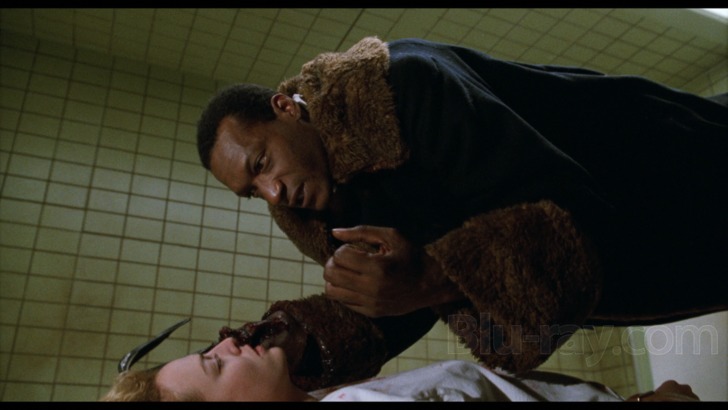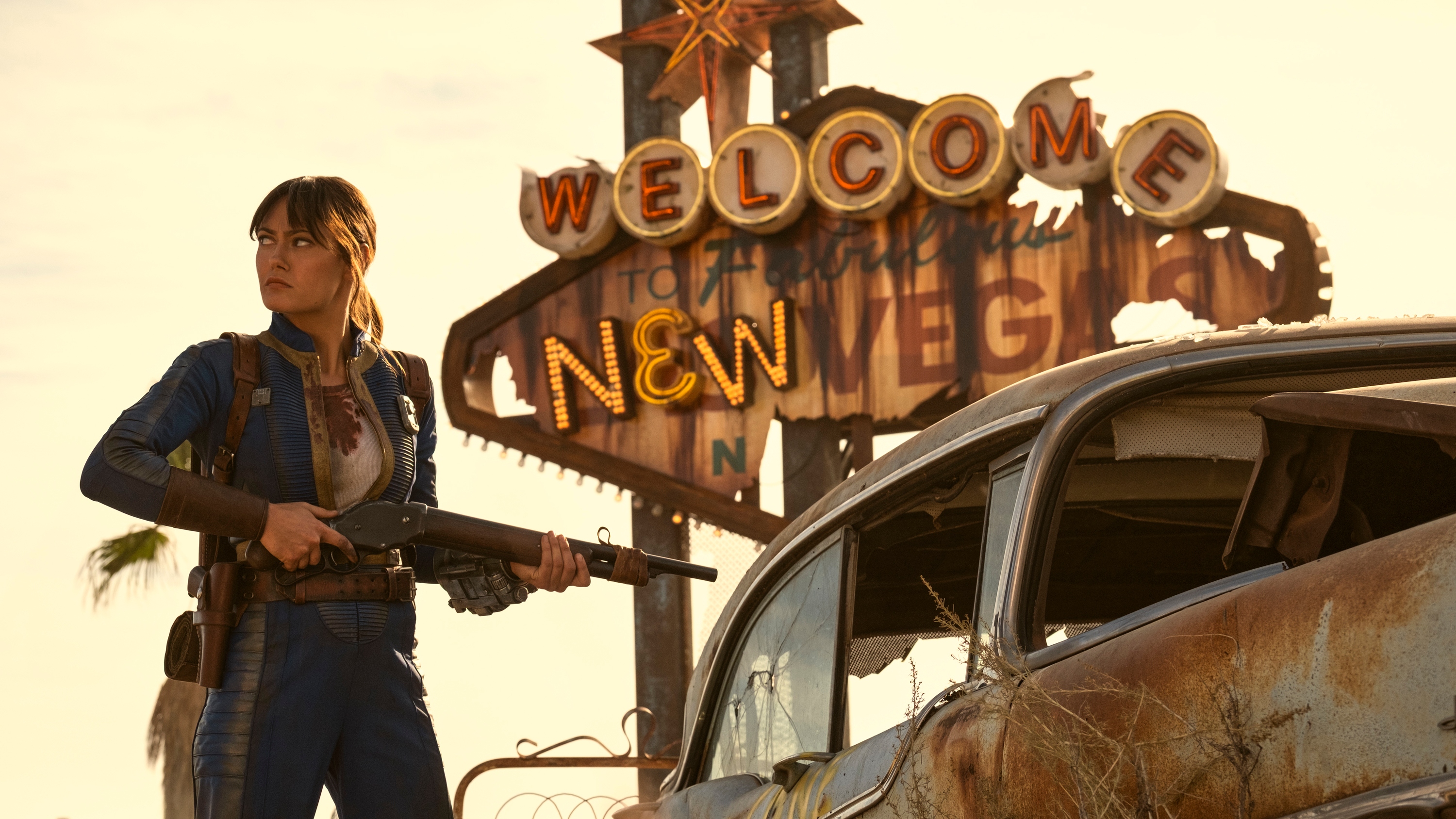Why ‘Candyman’ is still one of the scariest films ever made
With the sequel being released this week, it's worth remembering that Candyman is still one of the scariest films ever.

After much delay, the long-awaited sequel to Candyman, which conveniently shares the same title as the 1992 horror classic, will premiere in theaters on August 27. Universal Pictures has delayed its premiere no fewer than three times following COVID-19 restrictions. Director Nia DaCosta picks up the story of Chicago's Cabrini Green neighborhood nearly 30 years later. Previously a run-down public housing sector, the area has now been gentrified beyond recognition. Anthony McCoy, the young boy who the Candyman kidnapped in the first film, is now an artist who is using the legend of the hook-wielding killer as inspiration for his paintings. But his work is reviving a long-dead story and the Candyman is soon back to terrorize a new generation of non-believers.
Candyman isn’t typically referenced as one of the great horror films of its time. It’s typically overlooked in favor of the more traditional slasher flicks or even other Clive Barker adaptations like Hellraiser. None of this does justice to a film that remains truly terrifying or a story that hasn't lost any of its potency over the decades. Indeed, it's a tale that's only become more relevant.
The film's protagonist, Helen Lyle (Virginia Madsen), is a graduate student who studies urban legends. She hears about the story of the Candyman, the son of a slave and artist who was murdered by a racist gang who smeared him in honey and let him be stung to death by bees. Helen theorizes that the residents of Cabrini-Green use the Candyman legend to cope with the hardship of their lives, blaming the spirit for the murder of over two dozen of their neighbours. Helen survives a brutal attack by a gang leader who calls himself the Candyman, and after he is arrested, she thinks she has the perfect end to her thesis as well as the troubles of Cabrini-Green. But the Candyman is real and he's angry at Helen for discrediting his legend. He must kill once again to revive it, and Helen will be his conduit for a new age of myth.
1992's Candyman, directed by Bernard Rose, is adapted from a short story by Barker called "The Forbidden", one of the many tales compiled in his acclaimed Books of Blood anthologies. Stephen King famously declared Barker to be "the future of horror" thanks to his visceral blend of horror and fantasy that never shied away from violence or the sadomasochistic elements within. His work dives head-first into the intersection where pain meets pleasure, often with baroquely bloody results. There’s a fable-like quality to Barker’s stories, this appealing but oft-insidious idea that the stories we tell reveal our own untapped darkness and that we may not-so-secretly like what we see. Hellraiser, released in 1987 and directed by Barker himself, remains fascinating for its moral ambiguity and willingness to take its premise 100% seriously at a time when wisecracking slashers made jokes about killing bucketloads of screeching teens (of course, by the time Hellraiser got onto its second sequel and became a cheaply made Freddy Kreuger-esque slasher genre, that drive had vanished.)
Candyman is similarly serious in tone and perhaps even more ambitious than its Hellraiser siblings. The setting is moved from the Liverpool of the original story to contemporary Chicago and the Cabrini-Green neighborhood, which was often pointed to as the murder capital of the city. This was untrue, but the reputation of the area and its high crime rate meant that its reputation preceded it before such mundane details as facts. The project was, by 1992, run down and all but abandoned by the state, likely because it was a majority Black district and systemic racism played a major part in political decision-making. Cabrini-Green ended up being the perfect setting for Candyman's particular strain of darkness.
At the center of the movie is the Candyman himself, played by Tony Todd, a tall and deep-voiced actor of impeccable on-screen presence who can elicit fear from an audience with a mere glance. He’s intimidating yet impossible to not be enthralled by. When Helen gazes into his eyes, hypnotized by his power, you can’t entirely blame her for it. Even today, horror villains remain defined by whiteness and the Candyman stands (very) tall as an exception to that rule.
Race is at the heart of Candyman too. This is a story of a neglected community preyed upon by exploitative forces long before the ghost with the hook for a hand starts his spree. The shocking degradation that literally thousands of people live with every day, as well as that infamous murder rate, are seen as nuisances and not issues to be resolved. Those who live there, primarily Black residents and many single mothers, are barely people to the white majority in power. Even Helen cannot help but view them in a condescending manner, surmising that their struggles are the reason for the Candyman myth, as though they are children in a fairy-tale. His power prevails because the rest of the world has decided to let this poor community essentially rot, and when that is disturbed, when they have a sliver of peace, he strikes once more. It’s a potent reminder both of the power of stories and of how we use them as a means to understand that which we cannot.
The latest updates, reviews and unmissable series to watch and more!
No discussion of Candyman’s enduring scares is complete without mentioning its bone-chilling score by minimalist legend Philip Glass. It was a deeply uncharacteristic move for a man better known for experimental films and five-hour-long operas to score something this mainstream. What he created was a soundscape of immense grandeur, totally unexpected for what one would consider typical horror movie music. Glass's classic minimalism is there but with a classic gothic twist that amps up the atmosphere to near-unbearable levels. He doesn't do jump scare violin chords or any of the things we associate with horror music. Instead, it's a sound of torment and paranoia that makes the hairs on the back of your neck stand on end.
The original sequels to the first Candyman never managed to replicate the magic of that story, which is a shame because it was always so ripe with potential for a larger world and the chance to expand upon those initial ideas. DaCosta’s new sequel seems to understand those key themes and has developed them to suit the demands of the modern world. The cycle of societal development, disintegration, and gentrification is one that is certainly familiar to many of us, and a minefield of issues that feel eerily suited to horror. Crucially, the new film seems to keenly understand one important detail of Candyman: Believing in something may empower it, but isn't it a whole lot scarier when not believing in it makes things worse?
Kayleigh is a pop culture writer and critic based in Dundee, Scotland. Her work can be found on Pajiba, IGN, Uproxx, RogerEbert.com, SlashFilm, and WhatToWatch, among other places. She's also the creator of the newsletter The Gossip Reading Club.


